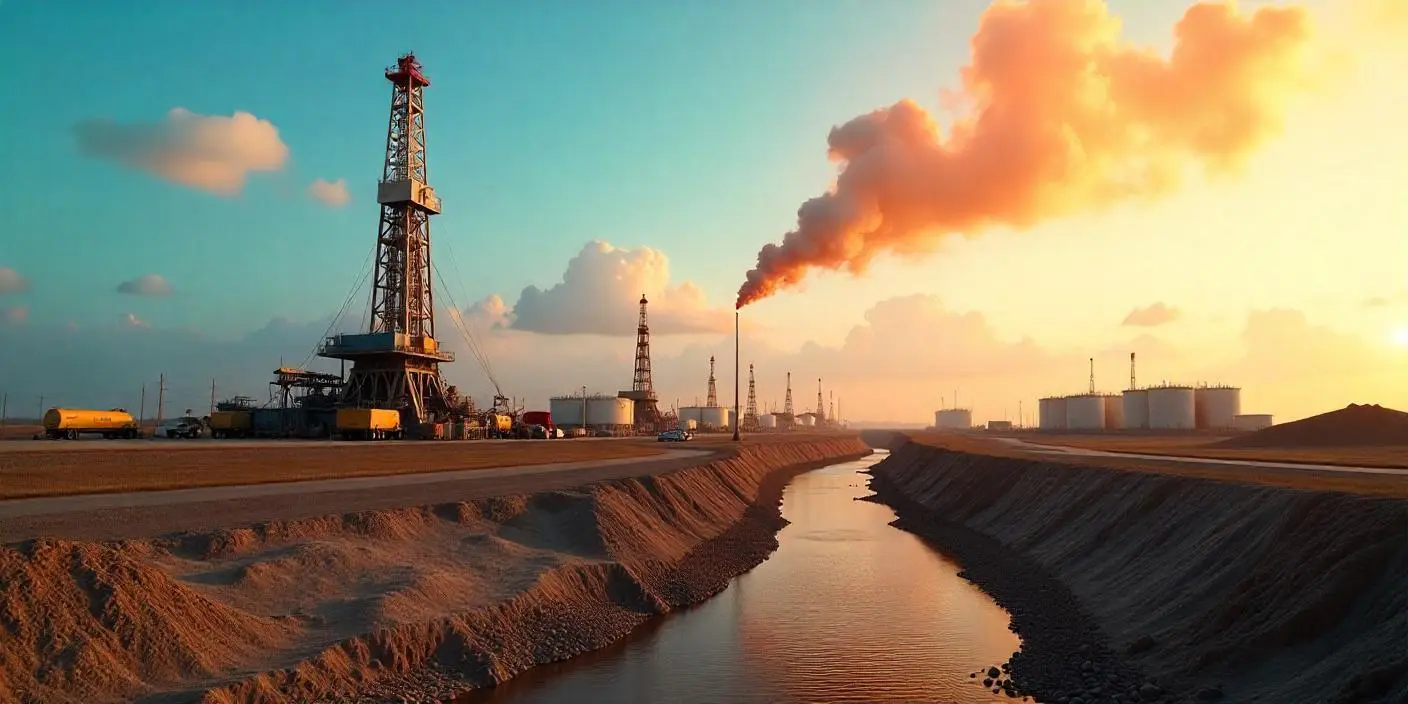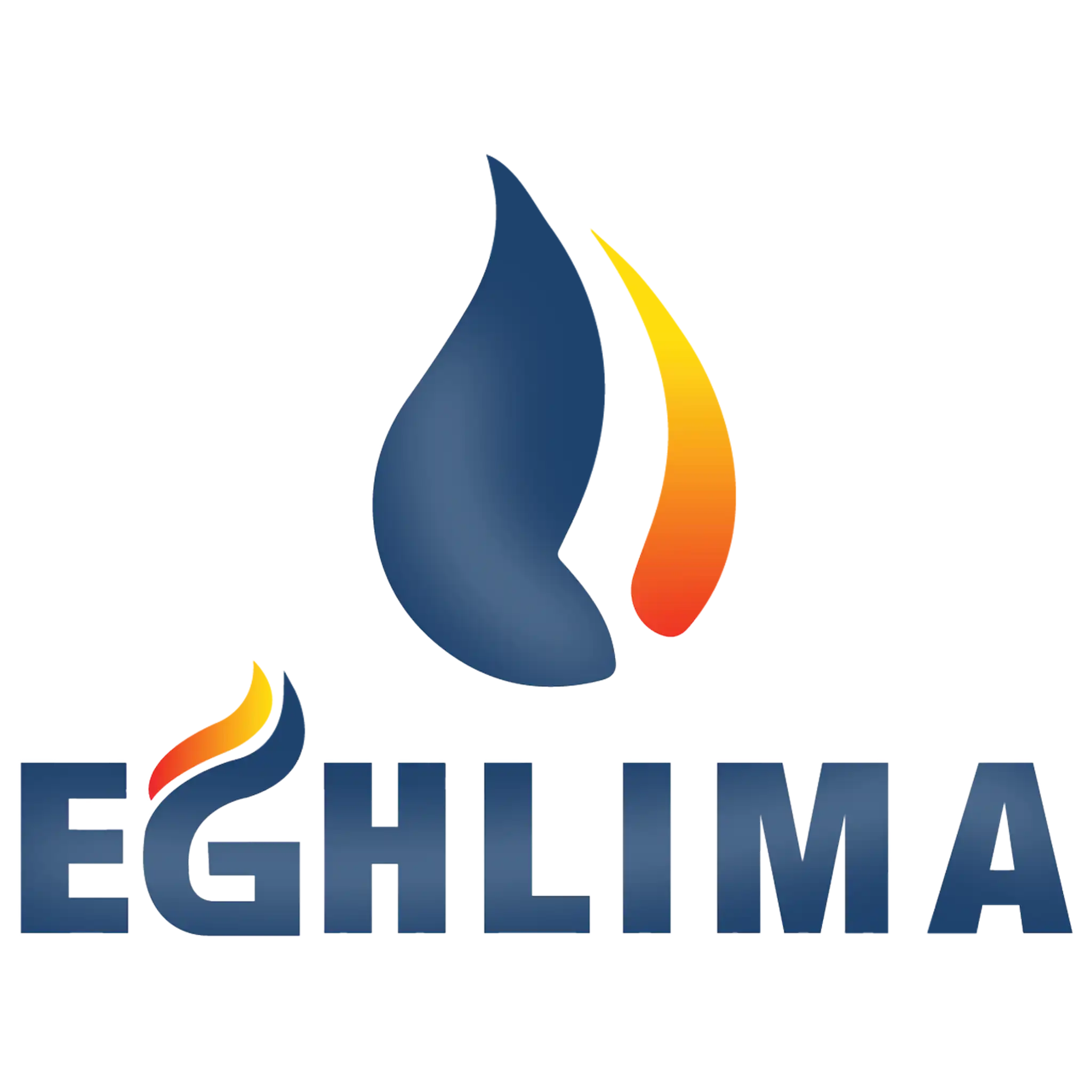Advancements in Enhanced Oil Recovery (EOR) Techniques

Introduction
Enhanced Oil Recovery (EOR) is a set of advanced techniques used to increase the amount of crude oil extracted from reservoirs beyond what is possible through primary and secondary recovery methods. With global energy demands rising and conventional oil fields maturing, EOR has become a crucial strategy for maximizing production efficiency and extending the lifespan of oil reservoirs. This article explores the latest advancements in EOR technologies and their impact on the oil industry.
Types of Enhanced Oil Recovery Methods
EOR techniques can be categorized into three primary types:
- Thermal EOR
- Gas Injection EOR
- Chemical EOR
1. Thermal EOR
Thermal methods involve the application of heat to reduce oil viscosity, making it easier to extract. The most common techniques include:
- Steam Injection: Steam is injected into the reservoir to heat the crude oil, reducing its viscosity and allowing it to flow more easily.
- In-Situ Combustion: Also known as fire flooding, this method ignites a portion of the oil within the reservoir to generate heat, thereby reducing viscosity and improving mobility.
Recent Advancements:
- Development of superheated steam technology to enhance oil displacement efficiency.
- Use of nanoparticles in steam flooding to improve heat retention and distribution.
2. Gas Injection EOR
Gas injection involves the use of gases such as carbon dioxide (CO₂), nitrogen, or natural gas to increase oil recovery. This method works by reducing oil viscosity and maintaining reservoir pressure.
- CO₂ Injection: One of the most widely used methods, CO₂ is injected into the reservoir to dissolve in the oil, reducing its viscosity and enhancing flow.
- Miscible and Immiscible Gas Injection: Miscible gases mix with the crude oil, improving its mobility, while immiscible gases help maintain pressure within the reservoir.
Recent Advancements:
- Smart CO₂ flooding, where AI and machine learning optimize injection strategies.
- Use of nanofluids in gas injection to enhance oil displacement efficiency.
3. Chemical EOR
Chemical injection involves the use of surfactants, polymers, and alkaline solutions to alter the fluid properties within the reservoir and improve oil displacement.
- Surfactant-Polymer (SP) Flooding: Surfactants reduce the interfacial tension between oil and water, while polymers increase the viscosity of the injected fluid to push oil more effectively.
- Alkaline-Surfactant-Polymer (ASP) Flooding: A combination of alkaline, surfactant, and polymer to improve oil recovery by altering rock wettability and reducing oil adhesion.
Recent Advancements:
- Development of biodegradable surfactants to reduce environmental impact.
- Use of smart polymers that respond to temperature and salinity variations for better adaptability.
Emerging Technologies in EOR
Recent innovations have significantly improved the efficiency and economic viability of EOR techniques:
- Nanotechnology in EOR
- Nanoparticles improve oil displacement, alter wettability, and enhance thermal stability in reservoirs.
- Silica-based nanoparticles have shown promising results in improving oil recovery rates.
- AI and Machine Learning in EOR Optimization
- AI algorithms analyze reservoir data to optimize injection rates and predict production outcomes.
- Real-time monitoring and adaptive control systems improve recovery efficiency.
- Microbial Enhanced Oil Recovery (MEOR)
- Certain bacteria can produce biosurfactants and biopolymers that help mobilize trapped oil.
- This method is cost-effective and environmentally friendly compared to traditional chemical EOR.
Challenges and Future Prospects
Despite the advancements in EOR technologies, several challenges remain:
- High operational costs: Advanced techniques require significant investment in infrastructure and technology.
- Environmental concerns: CO₂ emissions and water usage in some EOR methods raise sustainability issues.
- Reservoir complexity: Not all EOR techniques are suitable for every type of reservoir, requiring customized approaches.
Future research aims to improve the efficiency and sustainability of EOR methods by integrating AI-driven decision-making, nanotechnology, and renewable energy sources in EOR applications.
Conclusion
Enhanced Oil Recovery (EOR) techniques continue to evolve, enabling higher crude oil recovery rates from aging reservoirs. With advancements in thermal, gas, and chemical EOR methods, along with emerging technologies like nanotechnology and AI, the oil industry is better equipped to meet global energy demands while addressing economic and environmental concerns. As research progresses, EOR will play a crucial role in the future of sustainable oil extraction.
